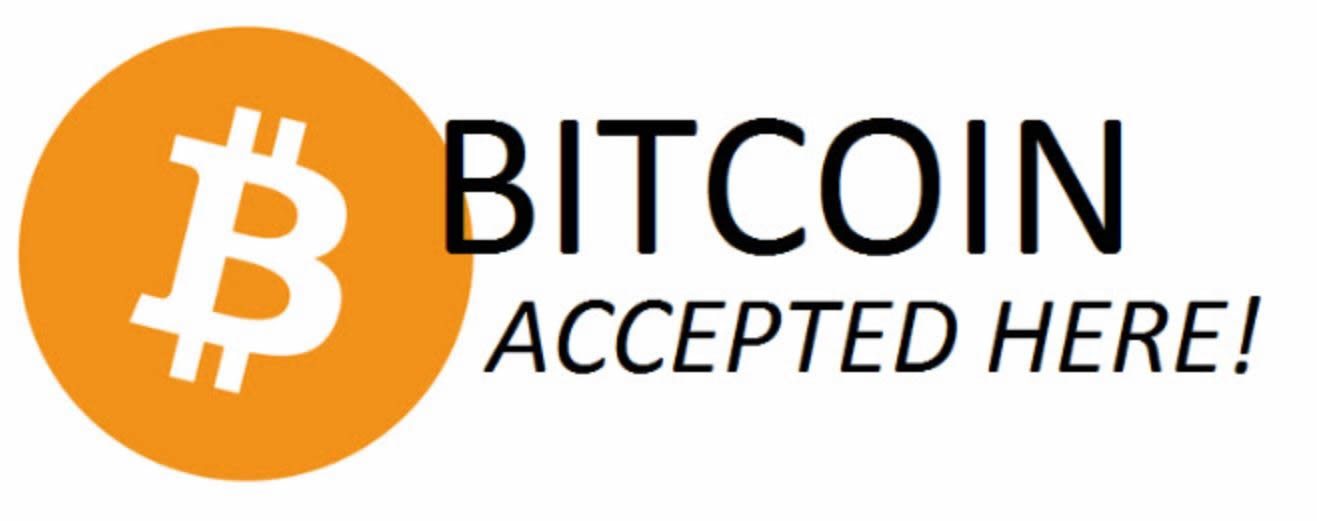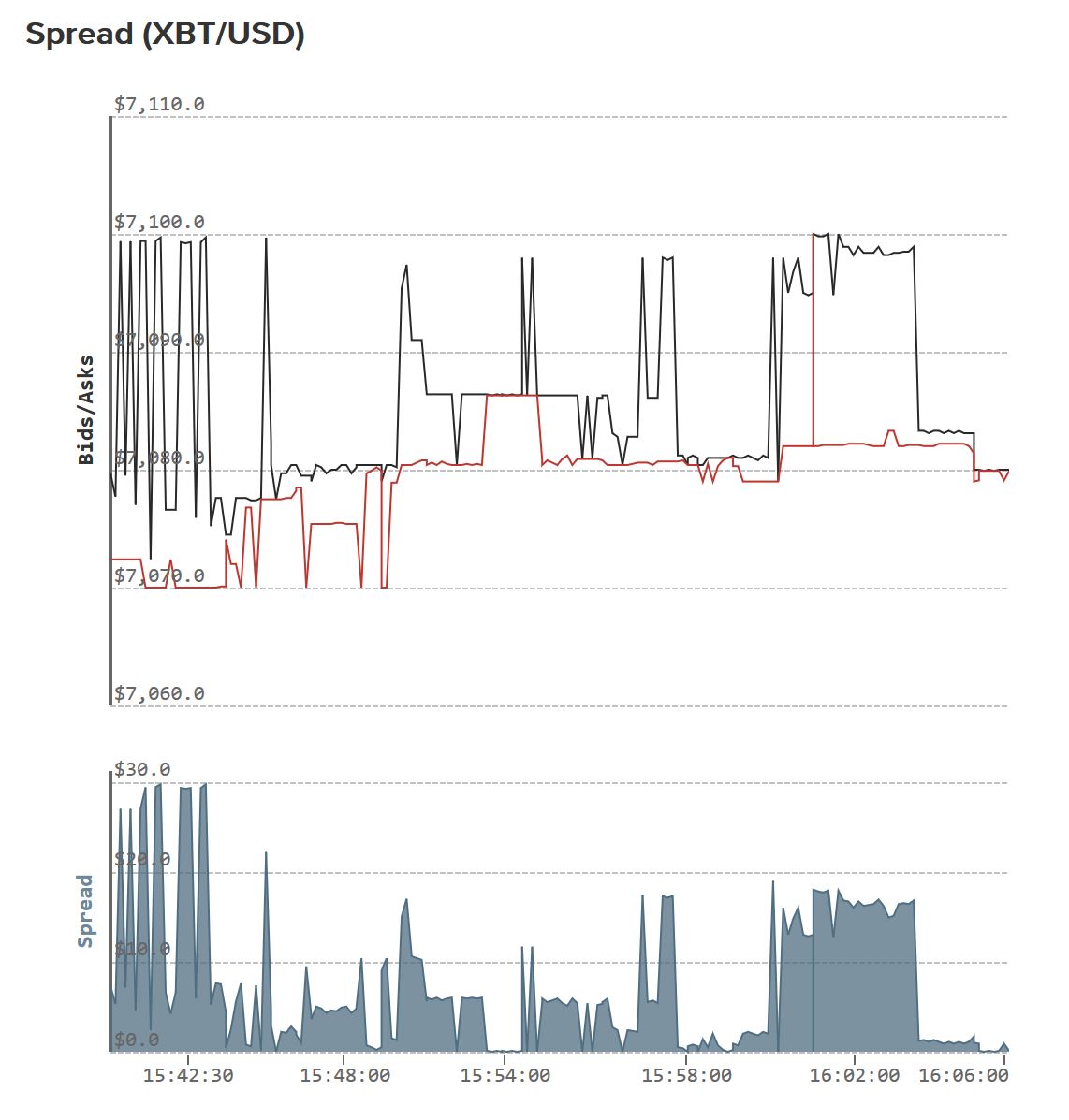Accepting Bitcoin

In order to flourish, businesses need to keep pace with technological changes and accepting payments via Bitcoin, and thereby broadening payment methods available to customers, will make financial sense for many businesses. While accepting cryptocurrencies like Bitcoin may initially involve some technological and intellectual challenges, the long term benefits could be significant.
Buying and selling with Bitcoin does not involve the use of an intermediary such as a bank and is therefore known as a ‘peer to peer’ transaction. To buy something, a unique transaction code is generated using the seller’s public key (rather like a sort code and account number) and a unique code generated by the buyer’s private key. The combined code is unique to that transaction and is recorded in the bitcoin blockchain. If you want to sell something, the process is simply reversed and you provide the buyer with your public key. The process is identical whether you are a multinational company or a window cleaner.
How to accept bitcoins in practice
OK, so what does that mean in practice? Essentially, anyone can accept bitcoins in payment for anything. You don’t need to visit a bank or anybody else in order to set yourself up for accepting bitcoins as payment for your products or services. Simply get yourself a wallet, and you are ‘in business’.
The simplest way of accepting bitcoins in payment is to give the customer your wallet address. You can do this by QR code if the customer is with you, say in your shop, or by email if they are in a different location.
In its simplest form, you just print out your QR code from your wallet and keep it next to your till or check-out. The customer reads the QR code with their own wallet, types in the amount to send and simply transmits the funds. Easy.

Slightly more sophisticated, but not much more, is the use of a ‘Pay Now with Bitcoin’ (or similar) button on your website. These buttons use an Application Programming Interface (API) to lead your customers through the payment process.
Many of these come in the form of plug-ins for existing shopping carts. For instance Bitpay, one of the biggest players in this market, will integrate with Wordpress, Magneto, Shopify, 3d-cart, Drupal, and a host of other carts. For the majority of these plugins, it is only a case of downloading the software and activating it in your cart.
Next on the list comes NFC (near field communication) wallets. NFC wallets use radio communication to pass data from one device such as a mobile phone or card with an embedded NFC microchip to another device such as an instore terminal. Although this sounds complicated, you’ve probably already used it if you’ve ever made a ‘contactless payment’.
The primary difference between QR codes and NFC tags is the versatility. While the information contained in a QR code is static, and any changes (pricing, for example) require the generation of a new QR code, NFC tags can be overwritten with new information.
Setting prices in Bitcoin

Bitcoin has been, and remains, a volatile currency and this is likely to continue for some time. Due to this volatility, setting prices in Bitcoin is obviously more difficult than with traditional fiat currencies whose valuations are more stable. The price of your product or service one day could be very different the next day (in terms of fiat).
Therefore there are two routes that merchants generally follow: price goods or services at the market rate at the time of sale or apply a weighted average rate to reflect the recent volatility. Using either of these methods will almost inevitably results in gains beings made either by the merchant or the customer depending on the swings in the currency at the time of sale. As Bitcoin nears a peak price and begins to stabilize, this problem will start to alleviate itself. However, the question remains – what is the peak price?
There is another way to look at the whole situation though. When you take a regular payment, say in dollars, do you worry about what that might be worth in, say, Chinese Yuan or Kenyan Shillings? The answer is probably ‘no’. You are accepting Dollars and your bank account is in Dollars, so that is that.
So why not try to think about your Bitcoins as something separate from your Dollars (or Euros, Yuan, Pounds, etc). You accept Bitcoins into your bitcoin wallet – full stop. Those bitcoins can be spent on something else in the future. There’s no need to constantly think of their value in terms of fiat currency.
Accepting bitcoins payments and fraud
Due to the history of Bitcoin and its unfortunate association with the dark web, fraud is obviously a concern which needs to be addressed. Let’s look at a couple of examples where fraud could occur.
- Seller A has some bitcoins to sell and makes a listing on Ebay. They agree a price with Buyer B who makes a payment into Seller A’s Paypal account. The transfer is completed and entered into the Bitcoin blockchain, thereby irrevocably transferring ownership of that bitcoin (or part bitcoin) to Buyer B.
Buyer B subsequently denies receiving the bitcoin and raises a chargeback claim with Paypal who, in the absence of any proof that it was actually sent from Seller A to Buyer B (because it’s a digital item sent to an anonymous ID) refunds the money to Buyer B. Therefore, Buyer B now has the Bitcoin AND their money refunded!
This situation could have been avoided by Seller A being more diligent in verifying the identity of Buyer B or, more sensibly, selling through a recognised Bitcoin exchange where fraud is much more difficult. - Although unlikely, it is possible that fraudsters could alter the Public Key on an invoice to have funds diverted from the intended destination to their own. If you are accepting a large quantity of Bitcoin for your product, it would make sense to verify their address, perhaps sent to you in an email, via a quick phone call. Indeed, this is even becoming routine for many vendors even with regular, fiat, transactions.

